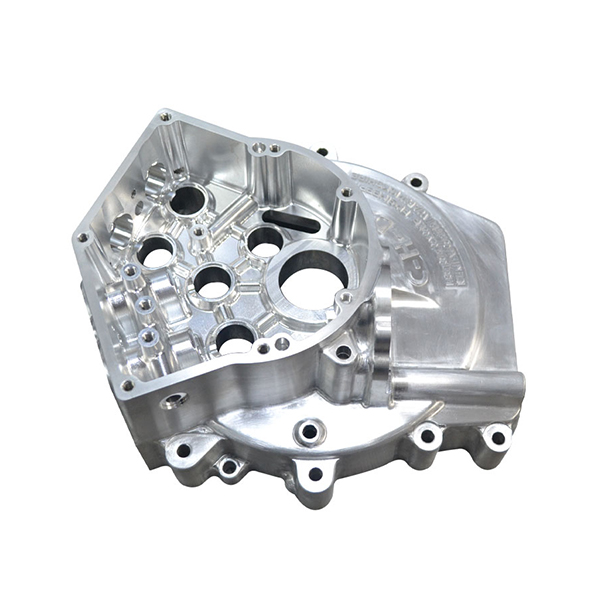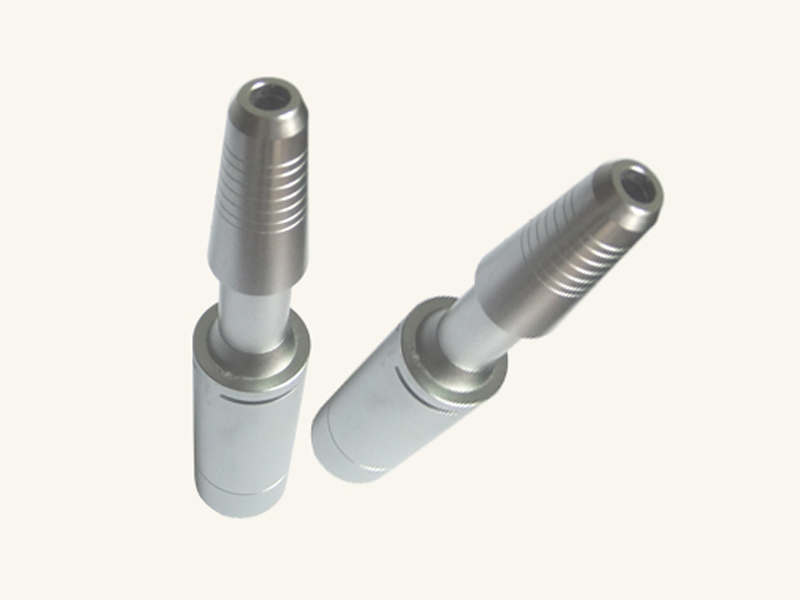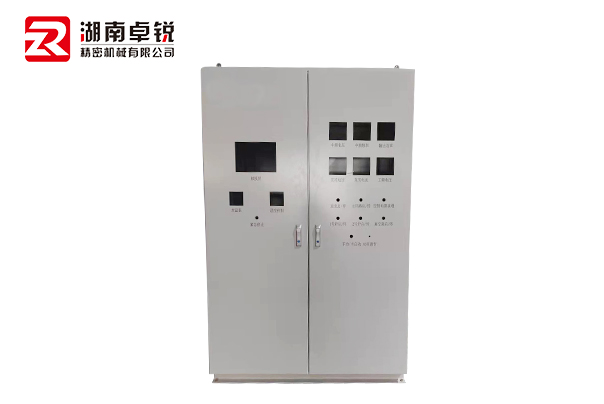Five-axis CNC Machining means that the machine tool can be positioned and connected on five degrees of freedom to add parts with complex geometric shapes to the tool. This machining method can process different sides of the workpiece without changing the position of the workpiece on the machine tool, thereby improving the machining efficiency of prismatic parts. In five-axis cnc machining, the following problems may be encountered:  1, the workpiece produces a taper size head phenomenon: It may be due to the poor adjustment of the machine tool placement level, resulting in unstable placement, or it may be due to inconsistent material hardness and tool wear when cutting the long axis. 2. The processing arc effect is not ideal and the size is not in place: This may be due to the overlap of vibration frequencies leading to resonance and machining process, unreasonable parameter setting leads to excessive feed speed, which makes circular arc machining out of step, or loosening or loosening caused by too tight leads to synchronous belt wear. 3. Each process of the workpiece has an increase or decrease phenomenon: This may be due to programming errors, unreasonable system parameter setting or improper configuration setting, or regular periodic changes in mechanical transmission components. 4. Short tool life: In the five-axis machining process, the tool needs to withstand more force and pressure, resulting in faster tool wear.
1, the workpiece produces a taper size head phenomenon: It may be due to the poor adjustment of the machine tool placement level, resulting in unstable placement, or it may be due to inconsistent material hardness and tool wear when cutting the long axis. 2. The processing arc effect is not ideal and the size is not in place: This may be due to the overlap of vibration frequencies leading to resonance and machining process, unreasonable parameter setting leads to excessive feed speed, which makes circular arc machining out of step, or loosening or loosening caused by too tight leads to synchronous belt wear. 3. Each process of the workpiece has an increase or decrease phenomenon: This may be due to programming errors, unreasonable system parameter setting or improper configuration setting, or regular periodic changes in mechanical transmission components. 4. Short tool life: In the five-axis machining process, the tool needs to withstand more force and pressure, resulting in faster tool wear.
Hello! Welcome to EMAR company website!
 English
English » »
» »
 Spanish
Spanish Arabic
Arabic Spanish Basque
Spanish Basque Portuguese
Portuguese Belarusian
Belarusian Japanese
Japanese Russian
Russian Icelandic
Icelandic Bulgarian
Bulgarian Azerbaijani
Azerbaijani Estonian
Estonian Irish
Irish Polish
Polish Persian
Persian Boolean
Boolean Danish
Danish German
German French
French Filipino
Filipino Finnish
Finnish Korean
Korean Dutch
Dutch Galician
Galician Catalan
Catalan Czech
Czech Croatian
Croatian Latin
Latin Latvian
Latvian Romanian
Romanian Maltese
Maltese Malay
Malay Macedonian
Macedonian Norwegian
Norwegian Swedish
Swedish Serbian
Serbian Slovak
Slovak Slovenian
Slovenian Swahili
Swahili Thai
Thai Turkish
Turkish Welsh
Welsh Urdu
Urdu Ukrainian
Ukrainian Greek
Greek Hungarian
Hungarian Italian
Italian Yiddish
Yiddish Indonesian
Indonesian Vietnamese
Vietnamese 简体中文
简体中文 Haitian Creole
Haitian Creole









